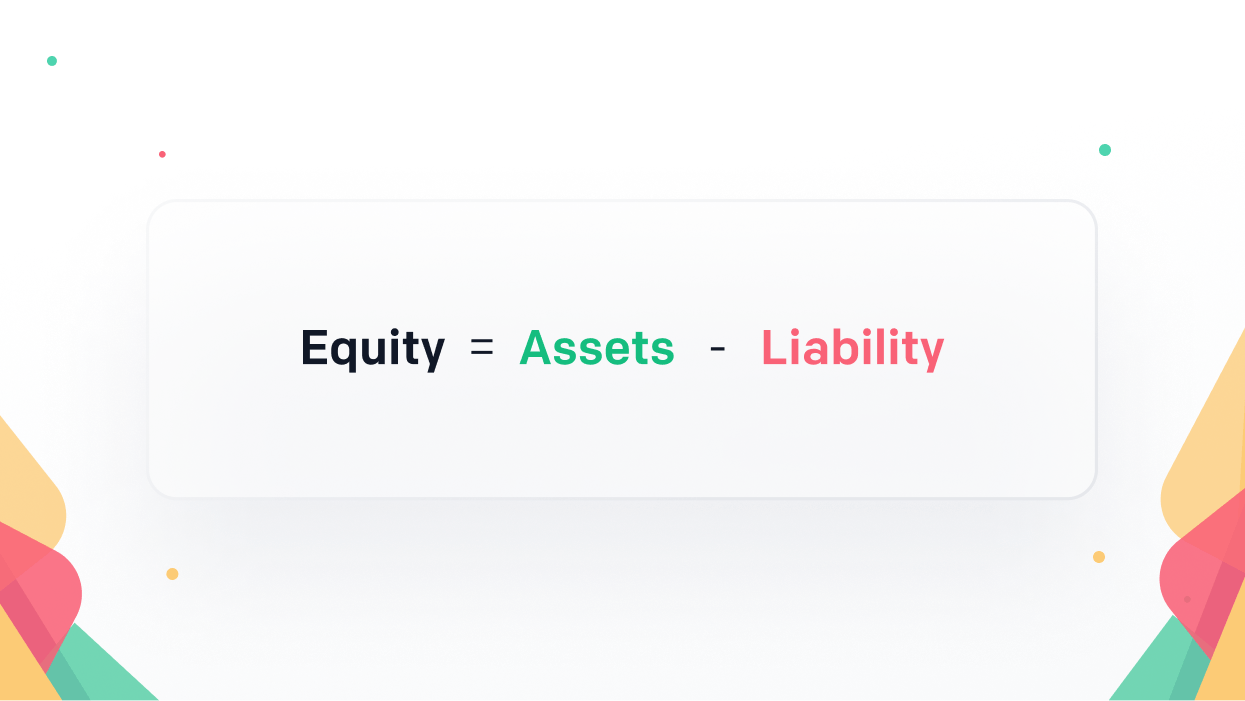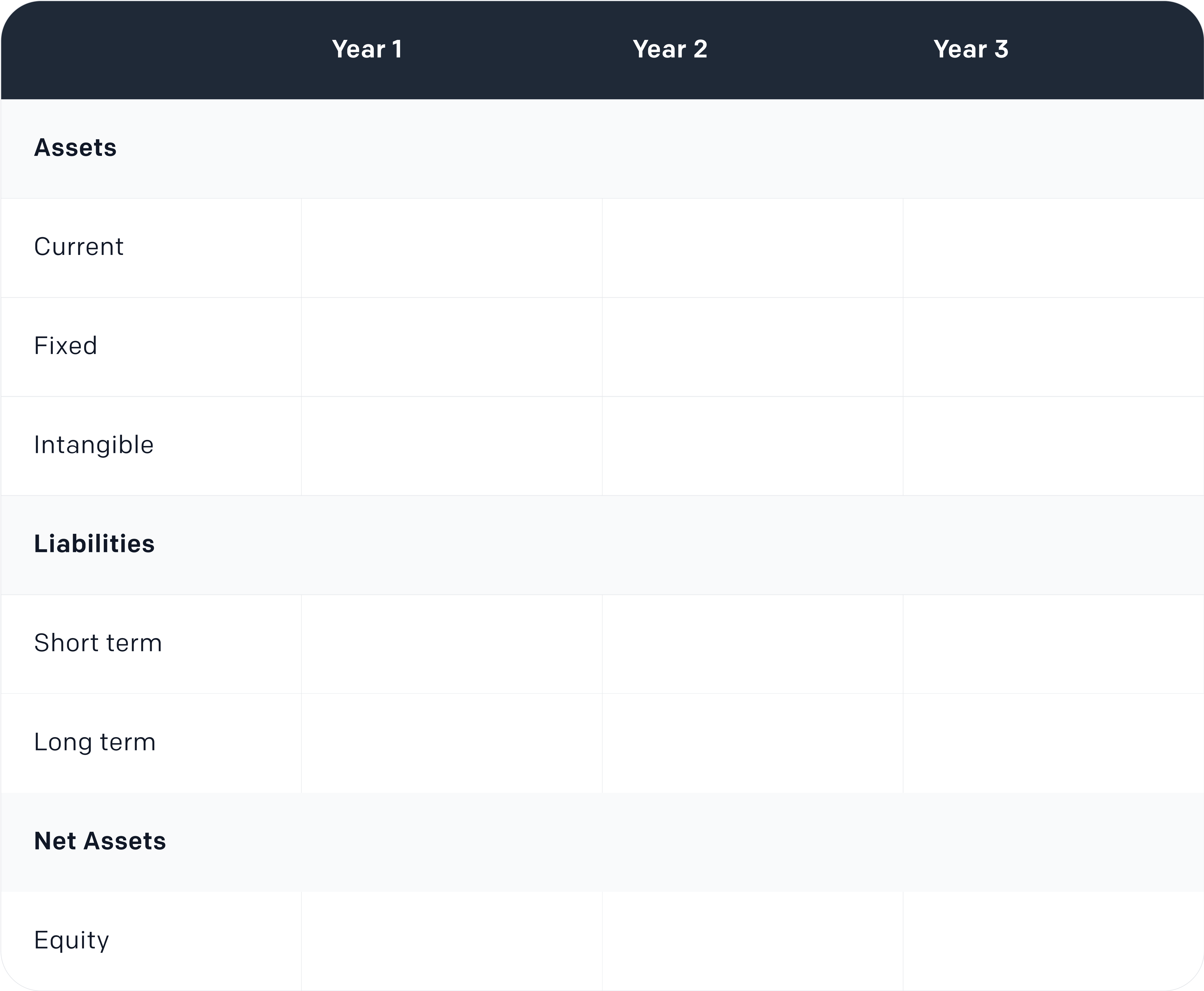
What is a balance sheet and why is it important?
August 25, 2022What is a balance sheet?
Balance sheet: key definitions
- Net assets — what you own
- Total liabilities — what is owed to outside parties
- Shareholder’s equity or owner’s equity net worth — the total value of assets, minus any liabilities

Assets
Liabilities: balance sheet obligations
| Long-term liabilities | Short-term liabilities |
|---|---|
| Mortgage | Creditors (suppliers you owe money to) |
| Loans | VAT (owed to HMRC if you're a VAT-registered company) |
| Salary | National Insurance contributions |
Equity, explained
Balance sheet example






